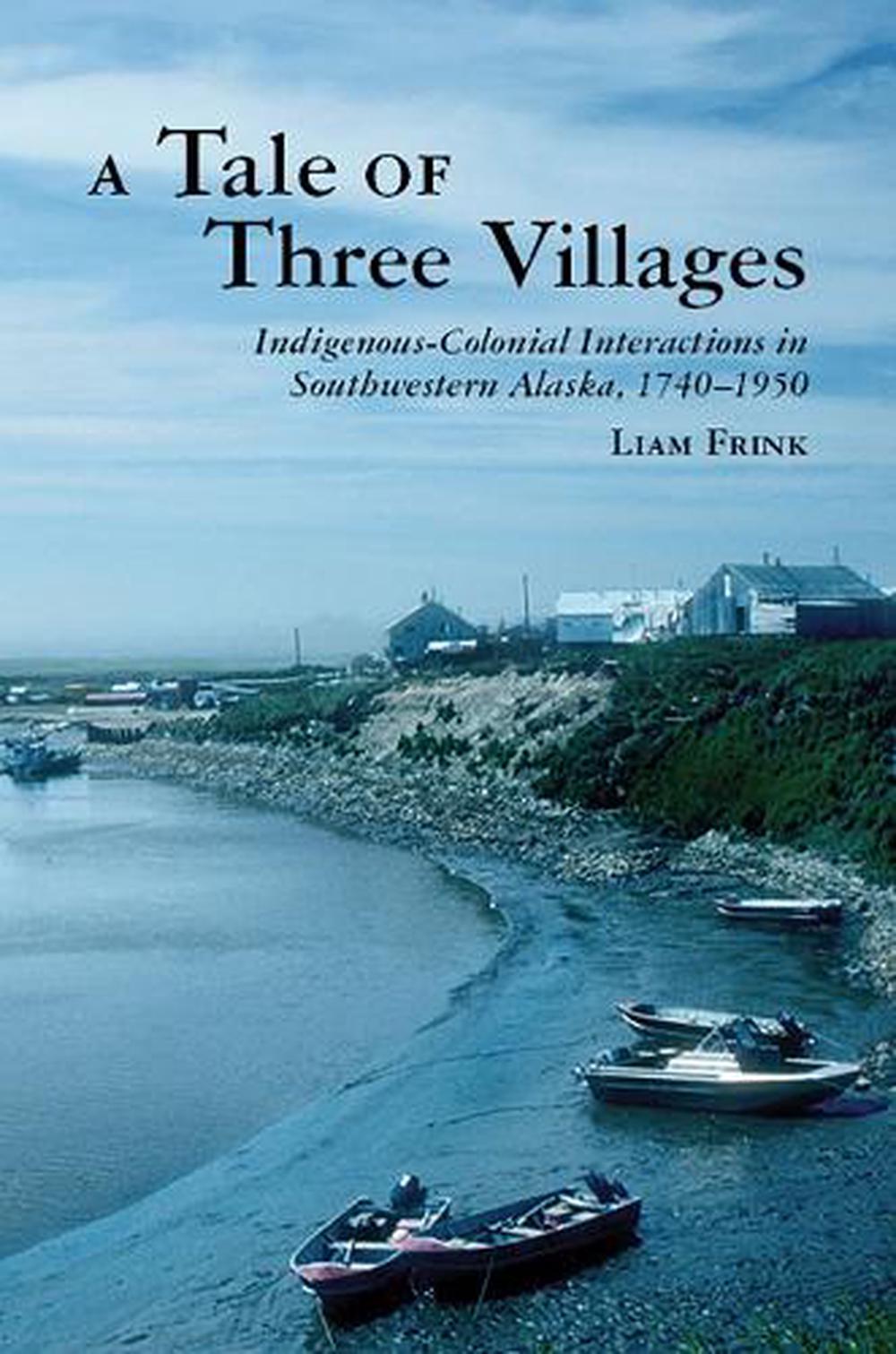
A Tale of Three Villages
by Liam Frink
People are often able to identify change agents. They can estimate possible economic and social transitions, and they are often in an economic or social position to make calculated choices. Exploring this dynamic, A Tale of Three Villages is an investigation of culture change among the Yup'ik Eskimo people of the southwestern Alaskan coast.
Hardcover
English
Brand New
Publisher Description
People are often able to identify change agents. They can estimate possible economic and social transitions, and they are often in an economic or social position to make calculated—sometimes risky—choices. Exploring this dynamic, A Tale of Three Villages is an investigation of culture change among the Yup'ik Eskimo people of the southwestern Alaskan coast from just prior to the time of Russian and Euro-North American contact to the mid-twentieth century. Liam Frink focuses on three indigenous-colonial events along the southwestern Alaskan coast: the late precolonial end of warfare and raiding, the commodification of subsistence that followed, and, finally, the engagement with institutional religion. Frink's innovative interdisciplinary methodology respectfully and creatively investigates the spatial and material past, using archaeological, ethnoecological, and archival sources. The author's narrative journey tracks the histories of three villages ancestrally linked to Chevak, a contemporary Alaskan Native community: Qavinaq, a prehistoric village at the precipice of colonial interactions and devastated by regional warfare; Kashunak, where people lived during the infancy and growth of the commercial market and colonial religion; and Old Chevak, a briefly occupied ""stepping-stone"" village inhabited just prior to modern Chevak. The archaeological spatial data from the sites are blended with ethnohistoric documents, local oral histories, eyewitness accounts of people who lived at two of the villages, and Frink's nearly two decades of participant-observation in the region. Frink provides a model for work that examines interfaces among indigenous women and men, old and young, demonstrating that it is as important as understanding their interactions with colonizers. He demonstrates that in order to understand colonial history, we must actively incorporate indigenous people as actors, not merely as reactors.
Author Biography
Liam Frink is an associate professor of anthropology at the University of Nevada, Las Vegas, USA. He is the co-editor of the University of Arizona Press book series The Archaeology of Colonialism in Native North America.
Table of Contents
List of Illustrations Preface Acknowledgments Introduction. Indigenous-Colonial Interactions, Subsistence, and Identity 1. Lifeways on the Coastal Alaska Tundra 2. Precolonial Warfare and Early Indigenous-Colonial Trade 3. Indigenous-Mission Interactions Conclusion Appendix A. Site Comparisons Appendix B. Qavinaq Site Appendix C. Kashunak Site Appendix D. Old Chevak Site Notes References Index
Review
""Uses a novel approach to understanding the native (Alaskan) past and how the experiences that comprise that past were negotiated between indigenous and colonizing peoples.""
—James A. Delle, co-editor of Out of Many, One People: The Historical Archaeology of Colonial Jamaica
""A significant contribution to Yup'ik studies and the archaeology and ethnohistory of southwestern Alaska.""
—Christyann M. Darwent, University of California, Davis
Review Quote
"Uses a novel approach to understanding the native (Alaskan) past and how the experiences that comprise that past were negotiated between indigenous and colonizing peoples."--James A. Delle, co-editor of Out of Many, One People: The Historical Archaeology of Colonial Jamaica "A significant contribution to Yup'ik studies and the archaeology and ethnohistory of southwestern Alaska."--Christyann M. Darwent, University of California, Davis
Description for Reader
A Tale of Three Villages is an investigation of culturechange among the Yup'ik Eskimo people of the southwestern Alaskancoast from just prior to the time of Russian and Euro-North Americancontact to the mid-twentieth century. Liam Frink focuses on threeIndigenous-colonial events along the southwestern Alaskan coast: thelate precolonial end of warfare and raiding, the commodification ofsubsistence that followed, and, finally, the engagement withinstitutional religion. He provides a model for work that examinesinterfaces among Indigenous women and men, old and young, demonstratingthat it is as important as understanding their interactions withcolonizers. Frink demonstrates that in order to understand colonialhistory, we must actively incorporate Indigenous people as actors, notmerely as reactors.
Details

